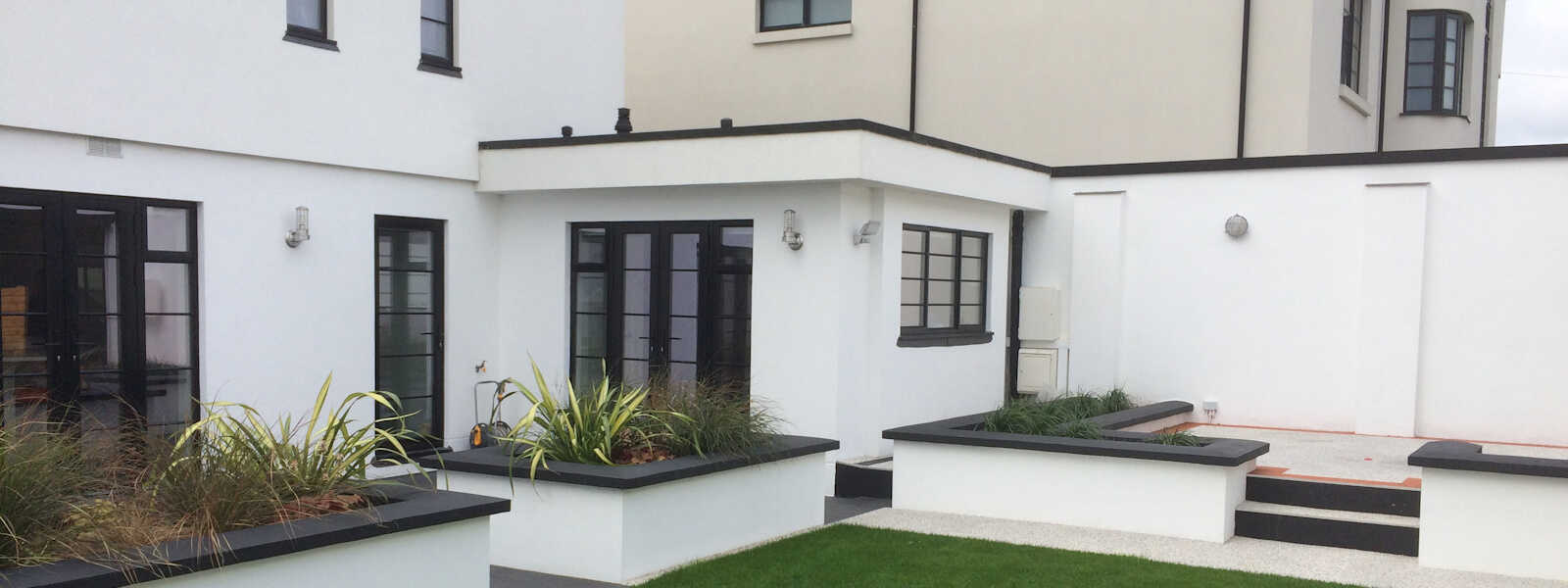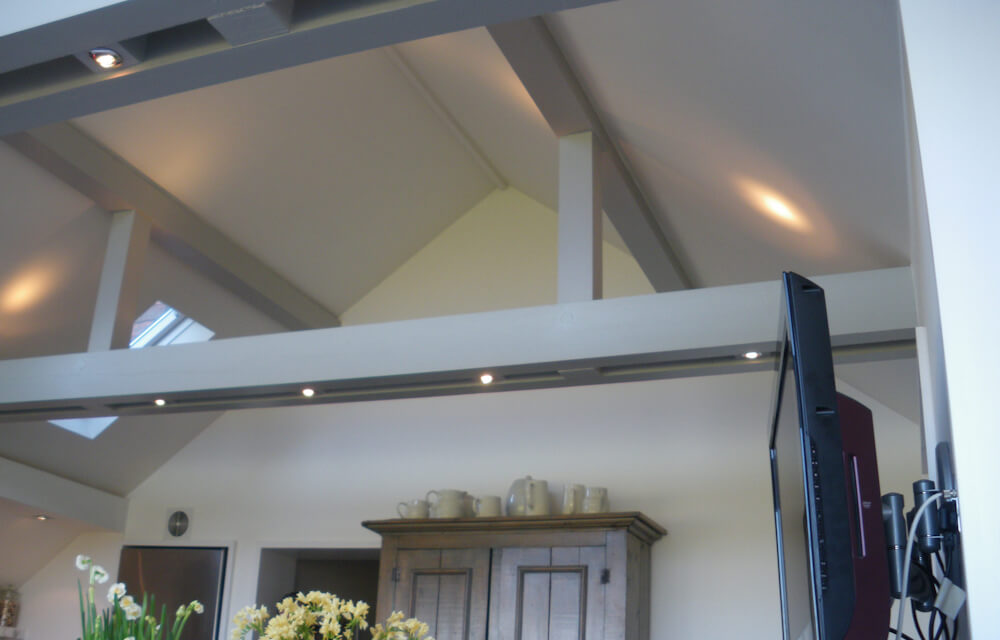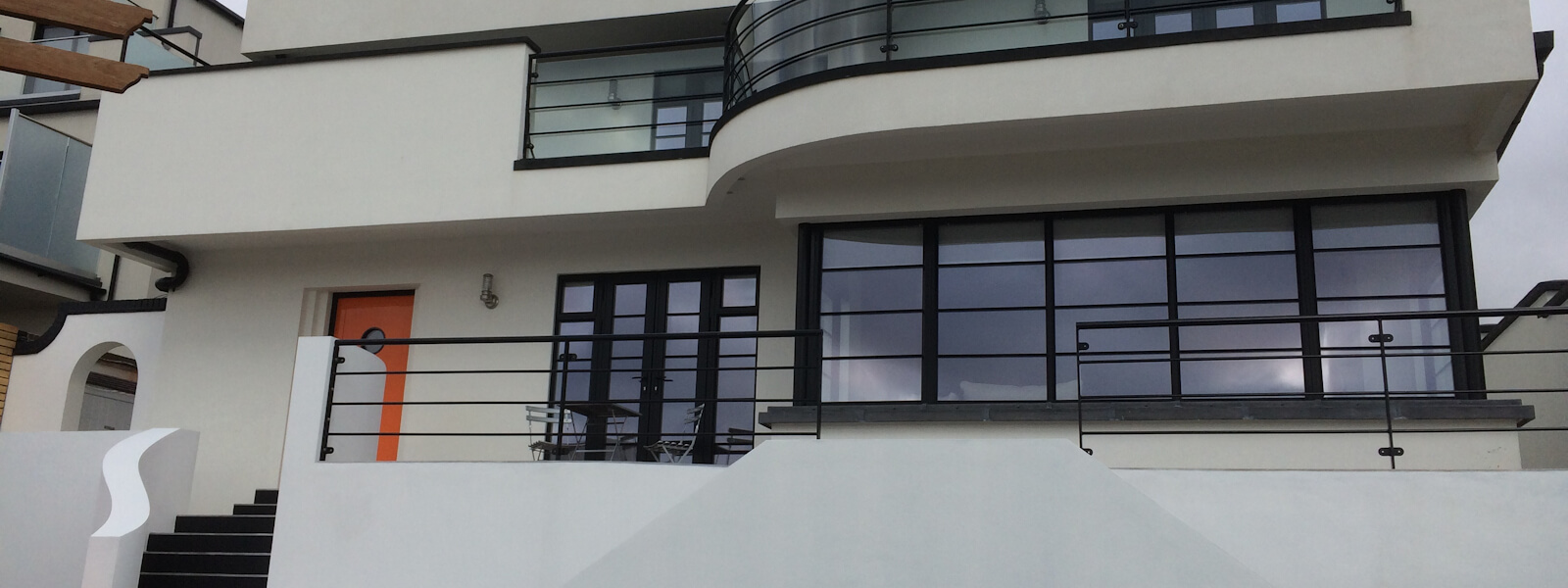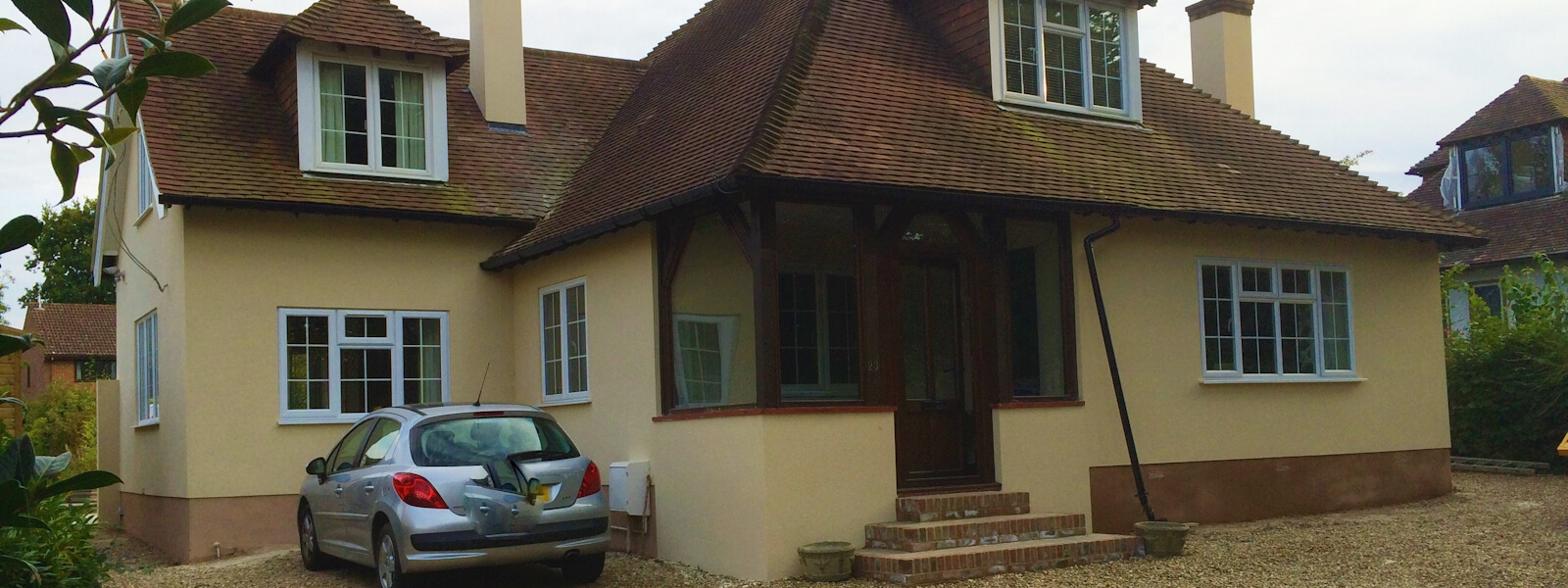Possible issues such
as loose brickwork, subsidence and house movement are very costly and serious
concerns. This blog explains how we at Everdells Plastering and Rendering Contractors reduce water build-up and fix damp issues in
your home or business with the following three methods.
Membranes
Damp-proof membranes are used to protect a new finish on
walls when moisture has been treated with a new damp proof course (DPC). They create
a barrier between encroaching wetness and the new finish you want to preserve.
A membrane is a plastic sheet from 0.5 mm to 1 mm in
thickness and they are flexible, allowing for possible structural movement.
This benefit in conjunction with the little to no surface preparation needed
for application makes it a cost-effective option that will last a long time.
If finished with a welded mesh, membranes can be rendered
and plastered. To restrict vapour and moisture from effecting your walls,
especially at basement levels, membranes are a highly effective option.
Tanking
This internal damp-proofing solution also creates a barrier to
stop moisture from damaging the walls of a building. Although it is used in
homes, tanking is commonly used in construction too.
A cement-based powder, containing acrylic, is mixed with
water which hardens to become waterproof. Applied to concrete, stone, block and
brickwork, tanking is great for use on walls at basement level.
This mixture is resilient so protects the surface it is
applied to. It is also vapour-permeable which reduces condensation so protects
against future damp issues.
Injection
Damp-proof injections are long-lasting and effective
solutions to severe moisture saturation where the DPC has deteriorated. It is a quick and cost-effective process that
prevents water from rising from the ground into the walls.
The process involves drilling holes in the brickwork to
inject a silicone-based mixture. This then creates a waterproof layer,
protecting the building. Damp-proof injections should effectively repel damp
for the lifespan of the property.
Symptoms of Damp
Knowing when you might need the advice or services of
specialists is essential. The sooner that these issues are found, the quicker,
easier and possibly cheaper they are to solve. Some of the symptoms you should
look out for include:
- Discolouring on Ceilings
- Speckled Black Marks on Walls
- Curling Wallpaper
- Condensation and Mould (on Window Frames, Baths and
Sinks)
If you notice that your walls are cold or any of the other
signs listed above, get in touch with our team for advice. We can come to look
at the problem and provide a free quote on any work that might need doing.
Expert Damp-Proofing Solutions
Find out more and call Everdells Plastering and Rendering
Contractors on 07788 487503 today. Alternatively,
send us a message via the contact form for a
swift response.
Visit our Facebook
page for regular updates.





